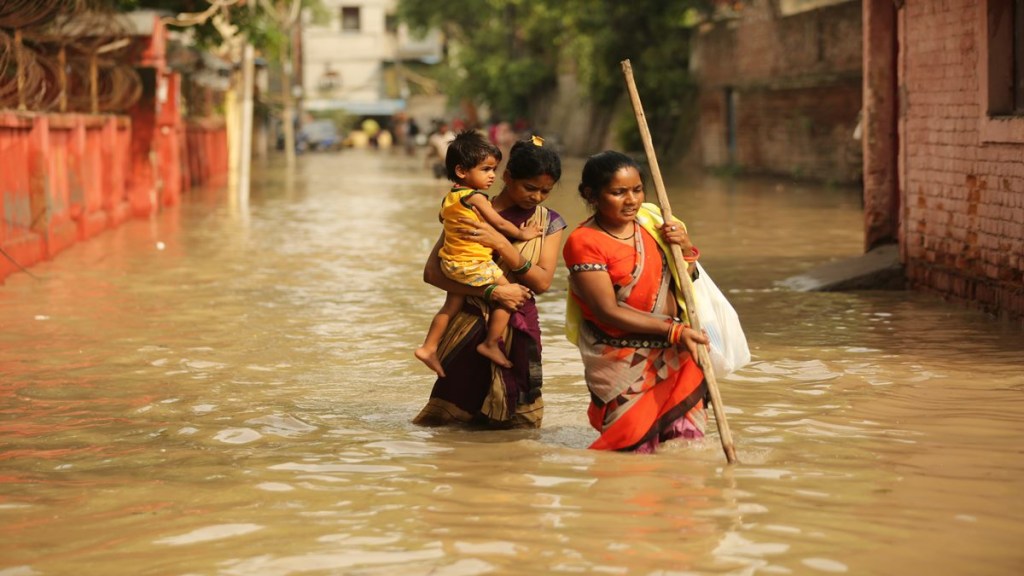After wreaking havoc in Delhi with floodwaters entering Central Delhi, the swollen Yamuna on Saturday morning followed a downward trend, albeit at a slow pace of a few centimetres per hour. However, it is still flowing over two metres above the danger mark of 205.33 metres.
However, with more rains being predicted, the situation in the national capital could get worse.
According to the Central Water Commission’s flood-monitoring portal, the Yamuna water level declined to 207.62 metres by 7 am on Saturday from its peak of 208.66 metres at 8 pm on Thursday. With the flow rate from the Hathnikund Barrage in Haryana’s Yamunanagar decreasing over the past two days, further decline is expected.
The India Meteorological Department (IMD), however, anticipated moderate rain in the city over the next two days and “heavy to very heavy” rainfall over Uttarakhand, Himachal Pradesh, and Uttar Pradesh during the next five days, raising concern about a rise in the water level in the river.
On Friday, the swollen Yamuna, and the resulting backflow of drain water spilled into prominent locations such as the Supreme Court, Raj Ghat, and the bustling intersection at ITO. Earlier, the water had entered the ramparts of the Red Fort.
On Thursday, the river reached 208.66 metres, surpassing the previous all-time record of 207.49 metres set in September 1978 by a significant margin. After the water entered the city and with situation deteriorating, Delhi Chief Minister Arvind Kejriwal urged the Centre to intervene. The Indian Army was called in for the first time since the 2010 floods to repair a broken flow regulator at drain no. 12, the reason behind the flooding in central parts of the capital on Friday. The river breached embankments and penetrated deeper into the city than it has in over four decades.
The Delhi Police has imposed Section 144 of the CrPC in flood-prone areas to prevent public movement there.
Over 23,000 people have been evacuated from their homes due to the floods.
